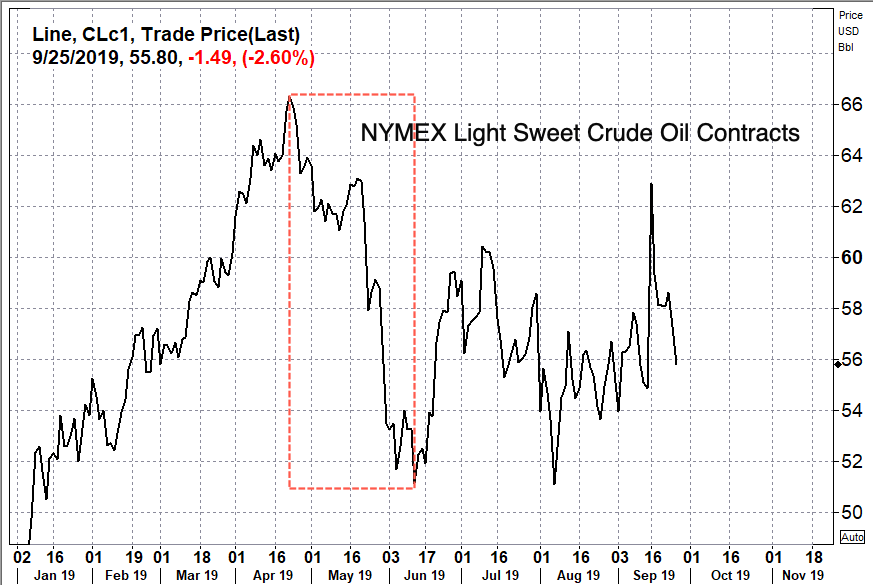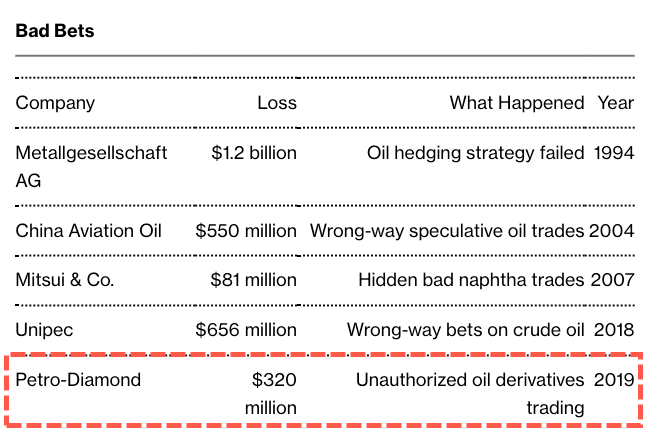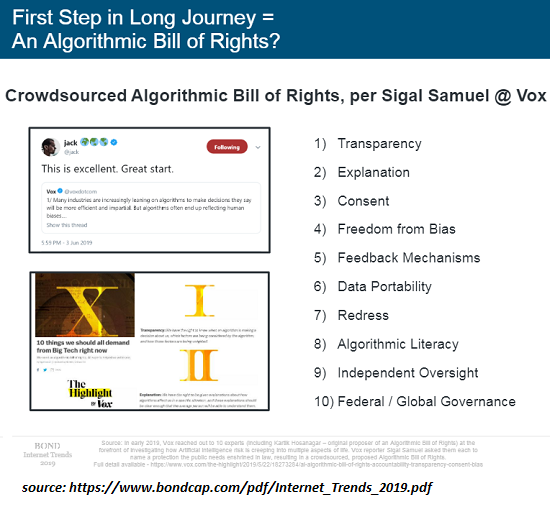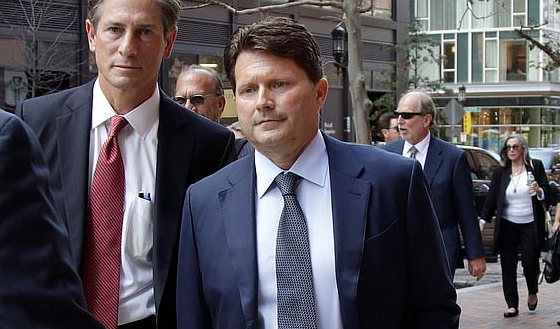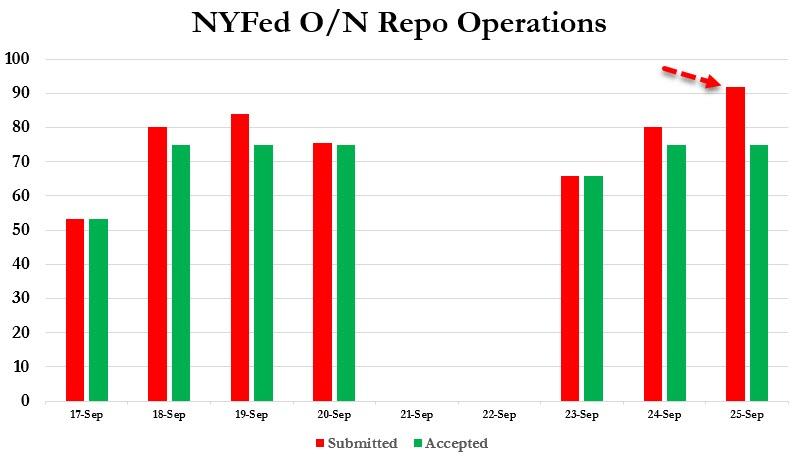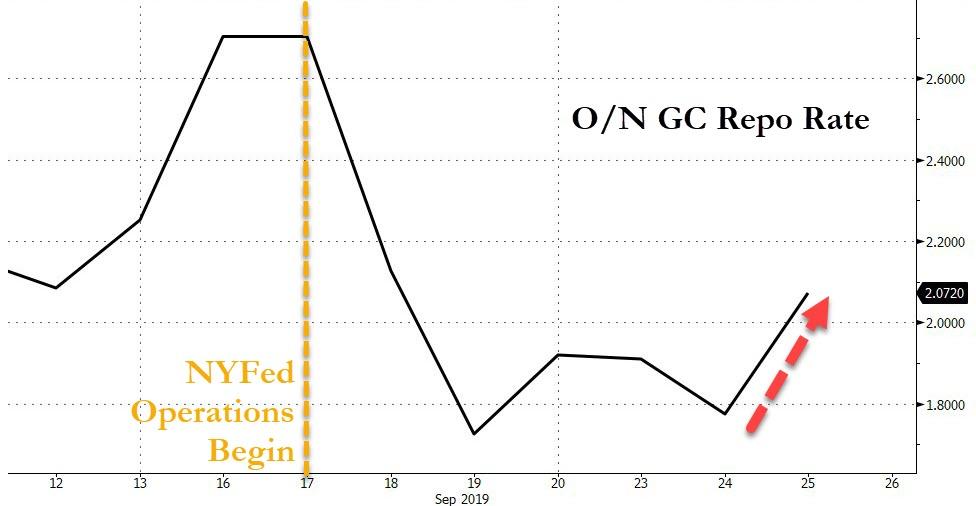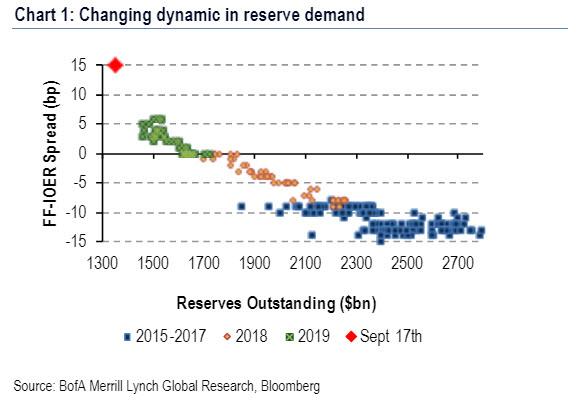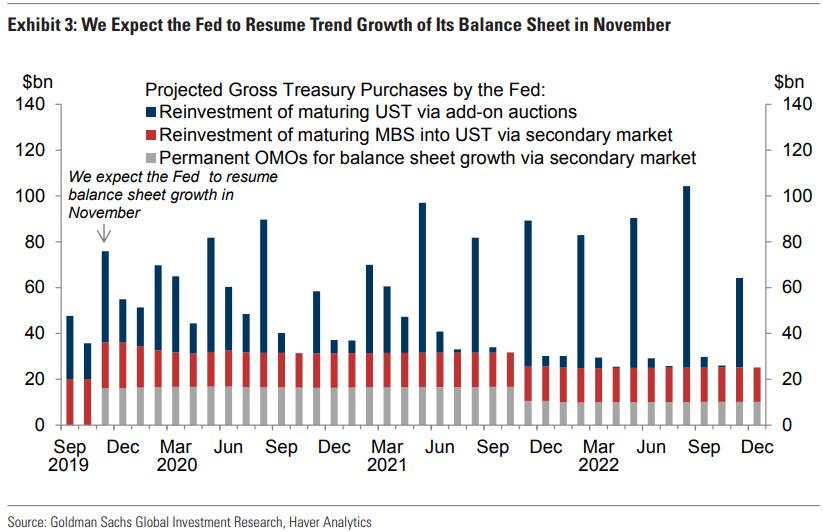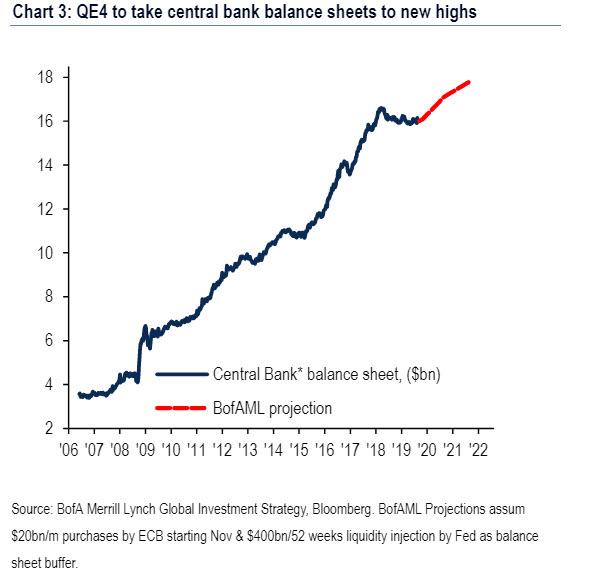Welfare Checks Turn Deadly: You Might Want To Think Twice Before Calling The Cops
Authored by John Whitehead via The Rutherford Institute,
“Anyone who cares for someone with a developmental disability, as well as for disabled people themselves [lives] every day in fear that their behavior will be misconstrued as suspicious, intoxicated or hostile by law enforcement.”
– Steve Silberman, The New York Times
Think twice before you call the cops to carry out a welfare check on a loved one.
Especially if that person is autistic, hearing impaired, mentally ill, elderly, suffering from dementia, disabled or might have a condition that hinders their ability to understand, communicate or immediately comply with an order.
Particularly if you value that person’s life.
At a time when growing numbers of unarmed people are being shot and killed for just standing a certain way, or moving a certain way, or holding something—anything—that police could misinterpret to be a gun, or igniting some trigger-centric fear in a police officer’s mind that has nothing to do with an actual threat to their safety, even the most benign encounters with police can have fatal consequences.
Unfortunately, police—trained in the worst case scenario and thus ready to shoot first and ask questions later—increasingly pose a risk to anyone undergoing a mental health crisis or with special needs whose disabilities may not be immediately apparent or require more finesse than the typical freeze-or-I’ll-shoot tactics employed by America’s police forces.
Just recently, in fact, Gay Plack, a 57-year-old Virginia woman with bipolar disorder, was killed after two police officers—sent to do a welfare check on her—entered her home uninvited, wandered through the house shouting her name, kicked open her locked bedroom door, discovered the terrified woman hiding in a dark bathroom and wielding a small axe, and four seconds later, shot her in the stomach.
Four seconds.
That’s all the time it took for the two police officers assigned to check on Plack to decide to use lethal force against her (both cops opened fire on the woman), rather than using non-lethal options (one cop had a Taser, which he made no attempt to use) or attempting to de-escalate the situation.
The police chief defended his officers’ actions, claiming they had “no other option” but to shoot the 5 foot 4 inch “woman with carpal tunnel syndrome who had to quit her job at a framing shop because her hand was too weak to use the machine that cut the mats.”
This is what happens when you empower the police to act as judge, jury and executioner.
This is what happens when you indoctrinate the police into believing that their lives and their safety are paramount to anyone else’s.
Suddenly, everyone and everything else is a threat that must be neutralized or eliminated.
In light of the government’s latest efforts to predict who might pose a threat to public safety based on mental health sensor data (tracked by wearable data such as FitBits and Apple Watches and monitored by government agencies such as HARPA, the “Health Advanced Research Projects Agency”), encounters with the police could get even more deadly, especially if those involved have a mental illness or disability.
Indeed, disabled individuals make up a third to half of all people killed by law enforcement officers.
That’s according to a study by the Ruderman Family Foundation, which reports that “disabled individuals make up the majority of those killed in use-of-force cases that attract widespread attention. This is true both for cases deemed illegal or against policy and for those in which officers are ultimately fully exonerated… Many more disabled civilians experience non-lethal violence and abuse at the hands of law enforcement officers.”
For instance, Nancy Schrock called 911 for help after her husband, Tom, who suffered with mental health issues, started stalking around the backyard, upending chairs and screaming about demons. Several times before, police had transported Tom to the hospital, where he was medicated and sent home after 72 hours. This time, Tom was tasered twice. He collapsed, lost consciousness and died.
In South Carolina, police tasered an 86-year-old grandfather reportedly in the early stages of dementia, while he was jogging backwards away from them. Now this happened after Albert Chatfield led police on a car chase, running red lights and turning randomly. However, at the point that police chose to shock the old man with electric charges, he was out of the car, on his feet, and outnumbered by police officers much younger than him.
In Georgia, campus police shot and killed a 21-year-old student who was suffering a mental health crisis. Scout Schultz was shot through the heart by campus police when he approached four of them late one night while holding a pocketknife, shouting “Shoot me!” Although police may have feared for their lives, the blade was still in its closed position.
In Oklahoma, police shot and killed a 35-year-old deaf man seen holding a two-foot metal pipe on his front porch (he used the pipe to fend off stray dogs while walking). Despite the fact that witnesses warned police that Magdiel Sanchez couldn’t hear—and thus comply—with their shouted orders to drop the pipe and get on the ground, police shot the man when he was about 15 feet away from them.
In Maryland, police (moonlighting as security guards) used extreme force to eject a 26-year-old man with Downs Syndrome and a low IQ from a movie theater after the man insisted on sitting through a second screening of a film. Autopsy results indicate that Ethan Saylor died of complications arising from asphyxiation, likely caused by a chokehold.
In Florida, police armed with assault rifles fired three shots at a 27-year-old nonverbal, autistic man who was sitting on the ground, playing with a toy truck. Police missed the autistic man and instead shot his behavioral therapist, Charles Kinsey, who had been trying to get him back to his group home. The therapist, bleeding from a gunshot wound, was then handcuffed and left lying face down on the ground for 20 minutes.
In Texas, police handcuffed, tasered and then used a baton to subdue a 7-year-old student who has severe ADHD and a mood disorder. With school counselors otherwise occupied, school officials called police and the child’s mother to assist after Yosio Lopez started banging his head on a wall. The police arrived first.
In New Mexico, police tasered, then opened fire on a 38-year-old homeless man who suffered from schizophrenia, all in an attempt to get James Boyd to leave a makeshift campsite. Boyd’s death provoked a wave of protests over heavy-handed law enforcement tactics.
In Ohio, police forcefully subdued a 37-year-old bipolar woman wearing only a nightgown in near-freezing temperatures who was neither armed, violent, intoxicated, nor suspected of criminal activity. After being slammed onto the sidewalk, handcuffed and left unconscious on the street, Tanisha Anderson died as a result of being restrained in a prone position.
And in North Carolina, a state trooper shot and killed a 29-year-old deaf motorist after he failed to pull over during a traffic stop. Daniel K. Harris was shot after exiting his car, allegedly because the trooper feared he might be reaching for a weapon.
These cases, and the hundreds—if not thousands—more that go undocumented every year speak to a crisis in policing when it comes to law enforcement’s failure to adequately assess, de-escalate and manage encounters with special needs or disabled individuals.
While the research is relatively scant, what has been happening is telling.
Over the course of six months, police shot and killed someone who was in mental crisis every 36 hours.
Among 124 police killings analyzed by The Washington Post in which mental illness appeared to be a factor, “They were overwhelmingly men, more than half of them white. Nine in 10 were armed with some kind of weapon, and most died close to home.”
But there were also important distinctions, reports the Post.
“This group was more likely to wield a weapon less lethal than a firearm. Six had toy guns; 3 in 10 carried a blade, such as a knife or a machete — weapons that rarely prove deadly to police officers. According to data maintained by the FBI and other organizations, only three officers have been killed with an edged weapon in the past decade. Nearly a dozen of the mentally distraught people killed were military veterans, many of them suffering from post-traumatic stress disorder as a result of their service, according to police or family members. Another was a former California Highway Patrol officer who had been forced into retirement after enduring a severe beating during a traffic stop that left him suffering from depression and PTSD. And in 45 cases, police were called to help someone get medical treatment, or after the person had tried and failed to get treatment on his own.”
The U.S. Supreme Court, as might be expected, has thus far continued to immunize police against charges of wrongdoing when it comes to use of force against those with a mental illness.
In a 2015 ruling, the Court declared that police could not be sued for forcing their way into a mentally ill woman’s room at a group home and shooting her five times when she advanced on them with a knife. The justices did not address whether police must take special precautions when arresting mentally ill individuals. (The Americans with Disabilities Act requires “reasonable accommodations” for people with mental illnesses, which in this case might have been less confrontational tactics.)
Where does this leave us?
For starters, we need better police training across the board, but especially when it comes to de-escalation tactics and crisis intervention.
A study by the National Institute of Mental Health found that CIT (Crisis Intervention Team)-trained officers made fewer arrests, used less force, and connected more people with mental-health services than their non-trained peers.
As The Washington Post points out:
“Although new recruits typically spend nearly 60 hours learning to handle a gun, according to a recent survey by the Police Executive Research Forum, they receive only eight hours of training to de-escalate tense situations and eight hours learning strategies for handling the mentally ill. Otherwise, police are taught to employ tactics that tend to be counterproductive in such encounters, experts said. For example, most officers are trained to seize control when dealing with an armed suspect, often through stern, shouted commands. But yelling and pointing guns is ‘like pouring gasoline on a fire when you do that with the mentally ill,’ said Ron Honberg, policy director with the National Alliance on Mental Illness.”
Second, police need to learn how to slow confrontations down, instead of ramping up the tension (and the noise).
In Maryland, police recruits are now required to take a four-hour course in which they learn “de-escalation tactics” for dealing with disabled individuals: speak calmly, give space, be patient.
One officer in charge of the Los Angeles Police Department’s “mental response teams” suggests that instead of rushing to take someone into custody, police should try to slow things down and persuade the person to come with them.
Third, with all the questionable funds flowing to police departments these days, why not use some of those funds to establish what one disability-rights activist describes as “a 911-type number dedicated to handling mental-health emergencies, with community crisis-response teams at the ready rather than police officers.”
In the end, while we need to make encounters with police officers safer for people with suffering from mental illness or with disabilities, what we really need – as I point out in my book Battlefield America: The War on the American People – is to make encounters with police safer for all individuals all across the board.
Tyler Durden
Wed, 09/25/2019 – 23:50
via ZeroHedge News https://ift.tt/2mR8lLm Tyler Durden










